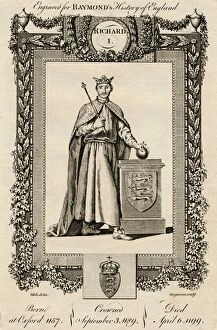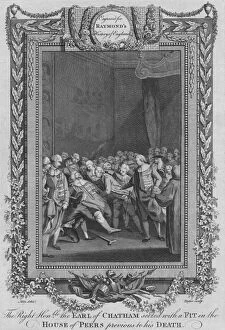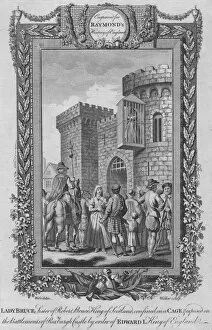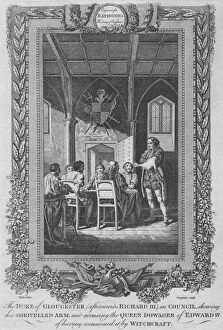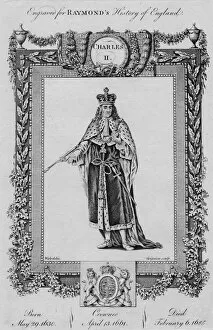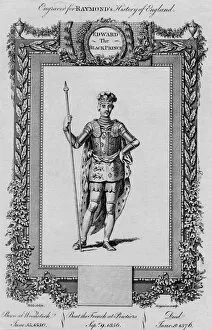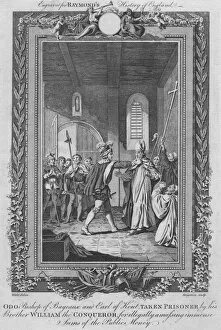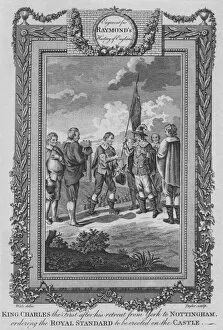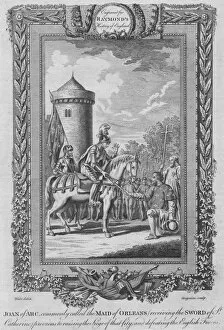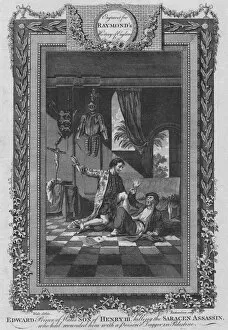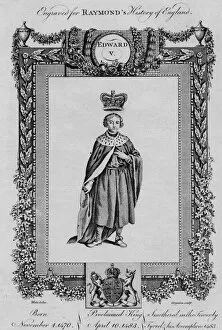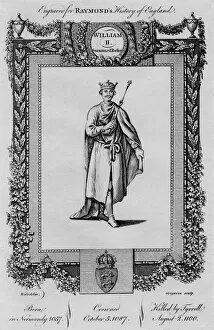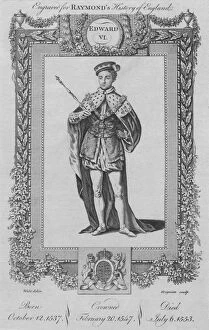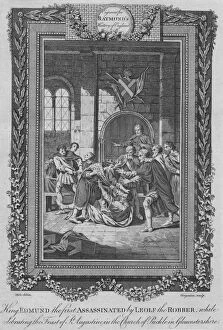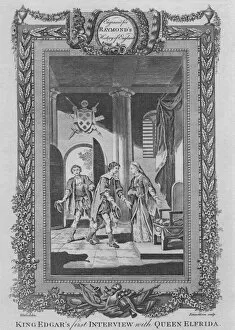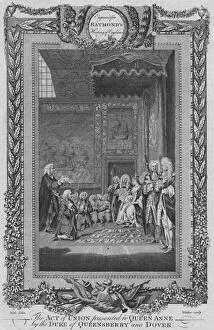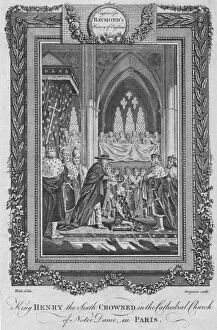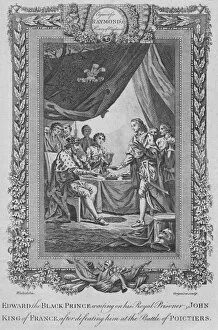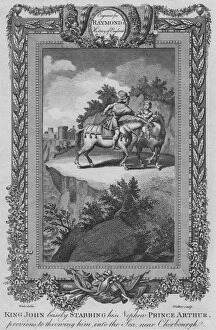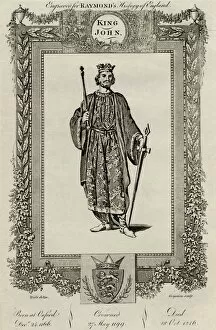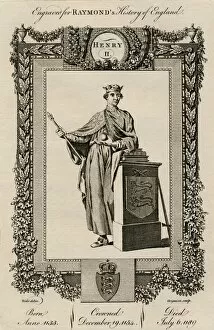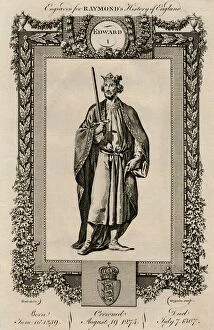George Frederick Raymond Collection
George Frederick Raymond was a talented artist who lived during the late 18th century
For sale as Licensed Images
Choose your image, Select your licence and Download the media
George Frederick Raymond was a talented artist who lived during the late 18th century. His works captured historical moments and figures, bringing them to life with his exceptional skill. In one of his paintings, he depicted Richard I, also known as Richard the Lionheart, who reigned from 1157 to 1199. The intensity in Richard's eyes portrayed his bravery and determination. Another masterpiece by Raymond showcased The Right Honourable the Earl of Chatham seized with a Fit in the House of Peers. This painting revealed a dramatic scene where an unexpected event unfolded within the prestigious walls of Parliament. Raymond's attention to detail was evident in his portrayal of Edward III. Every intricate piece of armor and every expression on Edward's face conveyed power and authority. The Duke of Gloucester (later known as Richard III) appeared regal yet mysterious in Raymond's artwork depicting him in council. The shadows cast upon his face hinted at the complexities that lay beneath. Charles II exuded charm and charisma through Raymond's brushstrokes. His relaxed posture suggested a king comfortable with himself despite turbulent times. Edward II stood tall but vulnerable, evoking sympathy from viewers who knew about his tragic fate through history books or legends brought to life by Raymond’s artistry. George II emanated strength and wisdom as he sat upon his throne; it seemed as if he could command armies with just a single word spoken softly under his breath. James I wore an expression filled with both intelligence and contemplation—a ruler deeply invested in matters concerning statecraft while grappling with personal dilemmas behind closed doors. Oliver Cromwell dissolved the Long Parliament surrounded by loyal soldiers—an iconic moment captured brilliantly by Raymond—symbolizing power shifting hands amidst political turmoil during 1653. Edward The Black Prince emerged victorious on canvas, showcasing not only military prowess but also honor befitting royalty—a testament to both Raymond’s talent and historical significance bestowed upon this legendary figure.

